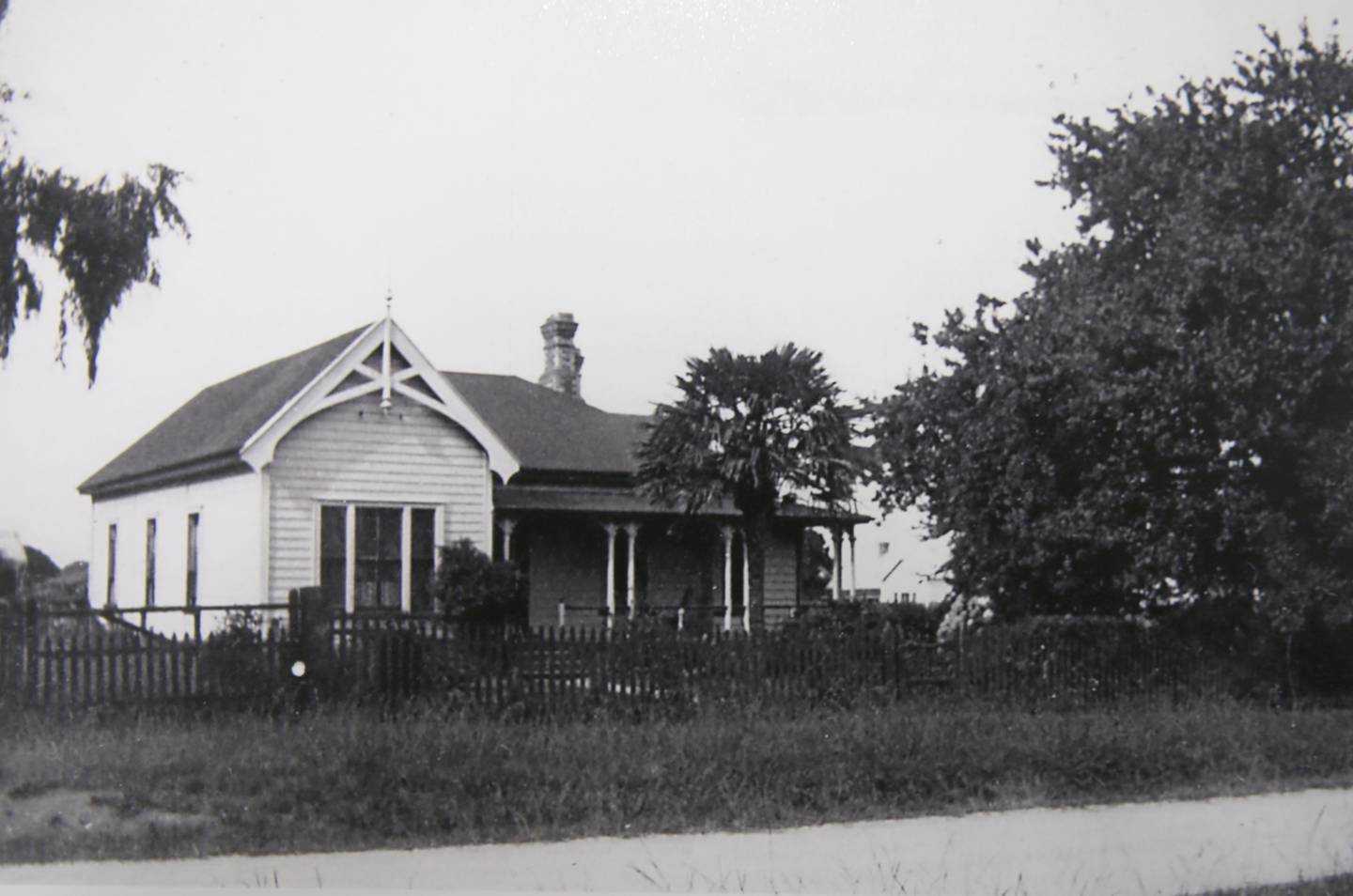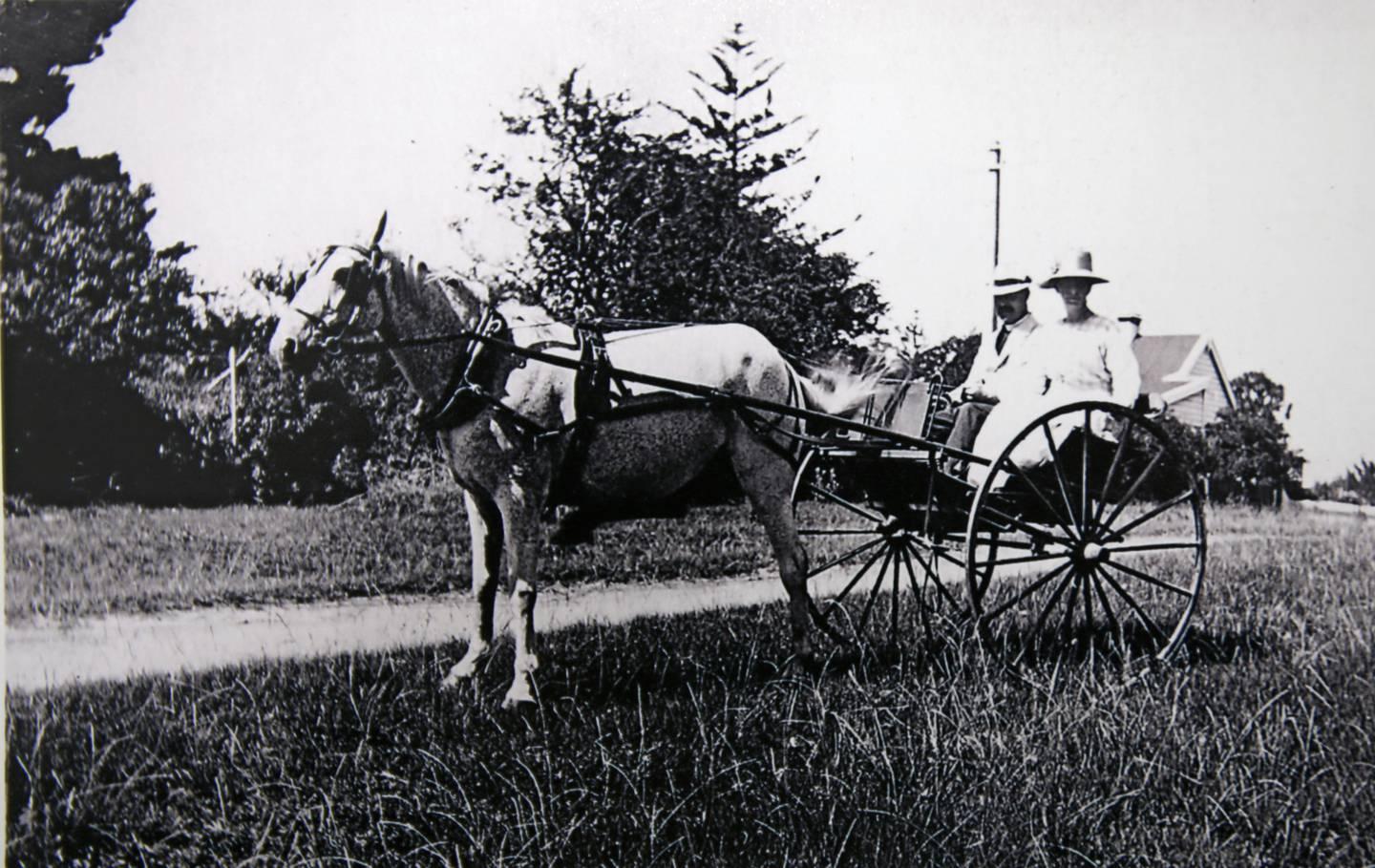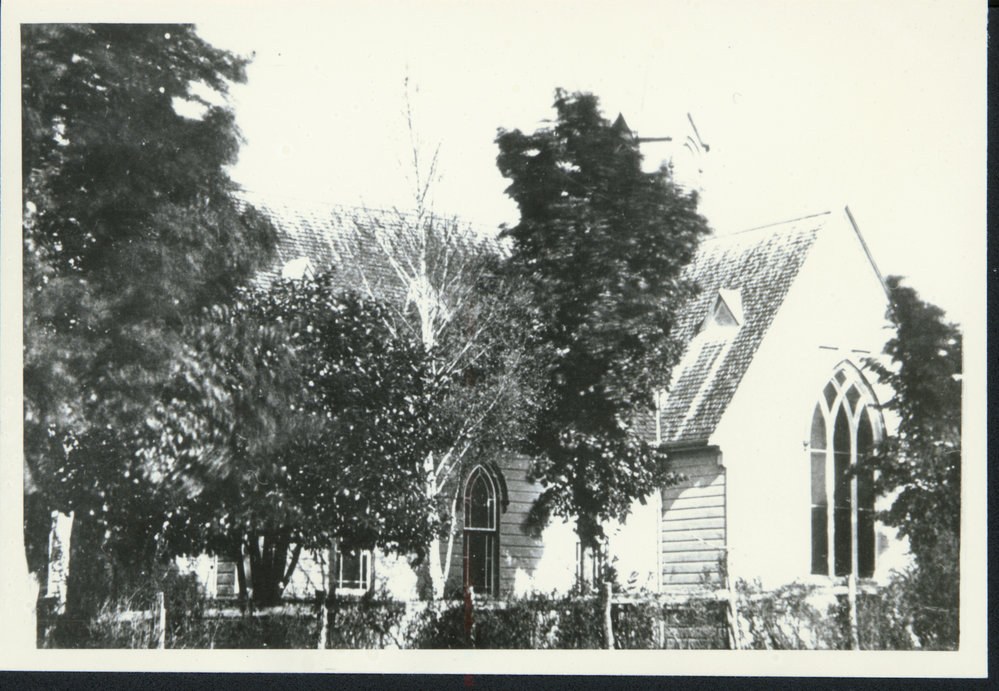Est. 1901. This large gabled and verandah-fronted kauri villa was built over a four-month period. When Omanawa Falls Power Station was completed in 1915 the manse was retrofitted with electricity the following year which included lights and a hand riveted copper hot water cylinder packed in a metal sleeve uncovered during renovations in 2017.
About Omanawa Falls Power Station
Omanawa Falls turns 100
Visit Omanawa Falls Power Station
Omanawa Falls is Heritage New Zealand Pouhere Taonga Category 2 Listed
Map No. 5.
136 Spring St (west)
Tauranga, 3110.
St Peter's Church
When Tauranga was merely a village of a few hundred people in the early 1870’s, a meeting was held in the cookhouse of The Military Camp for the purpose of instituting Presbyterian services in Tauranga. Little did those few enthusiasts foresee that within 150 years there would be four flourishing Presbyterian Churches in Tauranga. The Rev. Morriss, who was "called" to establish the new parish arrived from Scotland in 1868 but the potential membership was sadly depleted by the departure of many men to the Coromandel goldfields, and Mr Morriss returned to Scotland in 1869. While here, he was here he conducted services in a school room. In 1876 when the population of Tauranga was 187, the Tauranga Presbyterians applied to the Auckland Presbytery for minister. In 1877, The Rev. PS Hay arrived from Scotland and conducted services in the Temperance Hall which stood on the site of St Anne’s Hotel in Cameron Rd. On December 2nd 1877, the first Kirk session was constituted and on 3 November 1878 the first St Peter’s opened it doors for the first service. Source: Journal of the Tauranga Historical Society 1968 - #35
St Peter's Manse
St Peters Presbyterian Manse was built in 1901. It remains adjacent to the church and housed Presbyterian ministers and their families up until 1994. This large gabled and verandah-fronted kauri villa was designed by Edward Mahoney and Sons of Auckland and built by Tauranga builder John Conway over a four-month period.
 |  |  |
Omanawa Falls Power Station was completed in 1915 and the manse was retrofitted with electricity the following year which included lights and a hand riveted copper hot water cylinder packed in a metal sleeve. Water was heated by a 350-watt element designed by Tauranga electrical engineer Lloyd Mandeno. During earthquake strengthening and the full restoration in 2017, overseen by architect Ken Richards, the salt glazed earthenware piles were replaced and features such as scrim walls, a section of original wallpaper, handmade nails, newspapers, kauri joists, framing and bearers were uncovered, as was John Conway’s name on the back of the large kauri skirtings.
About the restoration: In 2017 St. Peter's, one of Tauranga oldest villas was fully restored, giving giving this now social outreach hub something to celebrate. Originally built in 1901 the gabled, red-roofed St Peter's House is now a comfortable place for their social service to be based. Staff at the Spring St villa used to wear coats to work in winter while their clients brought their own blankets in to keep warm during counseling. Grants, donations and bequests funded the $400,000 project which saw the house completely lifted to pour new piles, structural earthquake proofing, electrical upgrade, interior remodeling with insulation and heating. Clients who came in struggling felt the old house made them feel welcome and safe. Leftover kauri was given to local handymen or St Peters in the City church-goers who made crosses. The front door was the original, complete with its old-fashioned crank doorbell. Even the inside and outside paint schemes were modelled on houses from the early 1900s.
A hot water cylinder, which Ms Page estimated to be one of the first in Tauranga, was found and carted away to the museum store rooms.
The big manse housed ministers of the Presbyterian Church and their families in Tauranga from 1901 until around the 1980s
Sources: Tauranga City Libraries, Tauranga Heritage Collection and Bay of Plenty Times May 2017 - Allison Hess